Dr. Lev Kalika, DC clinical director of NYDNRehab, is an internationally recognized expert in diagnostic and musculoskeletal ultrasound imaging, with multiple research papers to his credit. Dr. Kalika has studied with some of the world’s most prestigious experts in diagnostic, fascia, and nerve ultrasonography, and has presented his research at multiple international professional conferences.
Lev Kalika has refined his approach to knee osteoarthritis treatment by introducing cutting-edge therapies and methodologies that go beyond pain management to halting and reversing cartilage degeneration. His expertise in diagnostic ultrasonography ensures that every patient receives personalized treatment, based on high-resolution imaging.
Dr. Kalika is an active member of the American Institute of Ultrasound in Medicine (AIUM), and has developed his own unique approach to Dynamic Functional and Fascial Ultrasonography.

Orthobiologic specialist
Conventional treatment for knee OA is geared to pain management with drugs and corticosteroid injections. Physical activity is discouraged, leading to further tissue degeneration, until surgery becomes the only option. While knee replacement surgery can provide an effective solution, it is risky, costly, and often unnecessary.
Multiple studies have proven that in most people, the primary causes of joint degeneration are sedentary lifestyle and obesity. In fact, one analysis revealed that the prevalence of knee osteoarthritis has more than doubled since the mid-20th century due to lifestyle factors, and another peer-reviewed article debunks the notion that “wear and tear” is the underlying cause of joint OA.
At NYDNRehab, our holistic approach to knee OA goes beyond pain management, to finding solutions that halt cartilage degradation and restore the knee’s structural integrity. Factors like muscle imbalances, poor joint alignment, damaged fascia, trigger points and nerve entrapment can all affect knee mechanics, creating dysfunction that worsens your condition. Our personalized approach to patient care ensures that all contributing factors are detected and addressed, so you can regain functional mobility.
We use high resolution ultrasonography to dynamically visualize your knee in real time, to determine whether structural (anatomical) changes are causing pain and dysfunction, or if dysfunction is causing structural changes. Your comprehensive ultrasound exam takes place on-site, on your first visit, so we can start your healing journey right away.
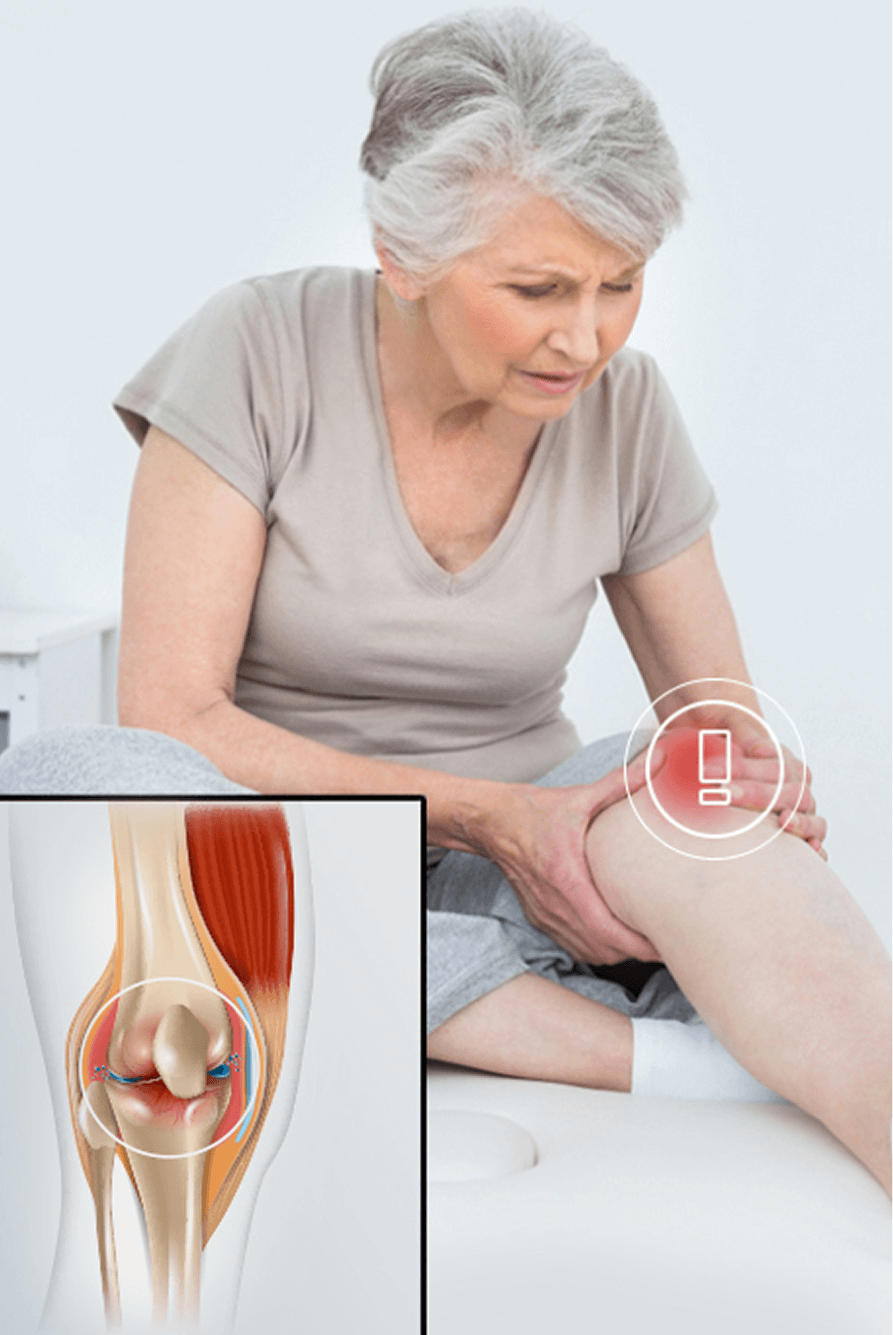
Dr. Kalika’s expertise in diagnostic ultrasonography enables him to visualize your knee in motion, to identify the exact location where cartilage has eroded, and to see how OA impacts your joint function. Compared to MRI, where knee mechanical issues rarely present themselves, diagnostic ultrasonography has a resolution up to 100X higher than MRI for visualizing superficial tissues. Dynamic high-resolution imaging gives us a full picture of the knee and its supporting structures as they interact, in real time.
Ultrasound surpasses MRI as a diagnostic tool in multiple ways:
In addition to ultrasound imaging, our high-tech 3D gait analysis lab lets us identify inefficient gait mechanics that contribute to knee OA pain. We not only treat your knee OA, but we correct your gait, realign your joints, improve your posture, and strengthen supporting structures to promote stability and minimize knee joint wear-and-tear.
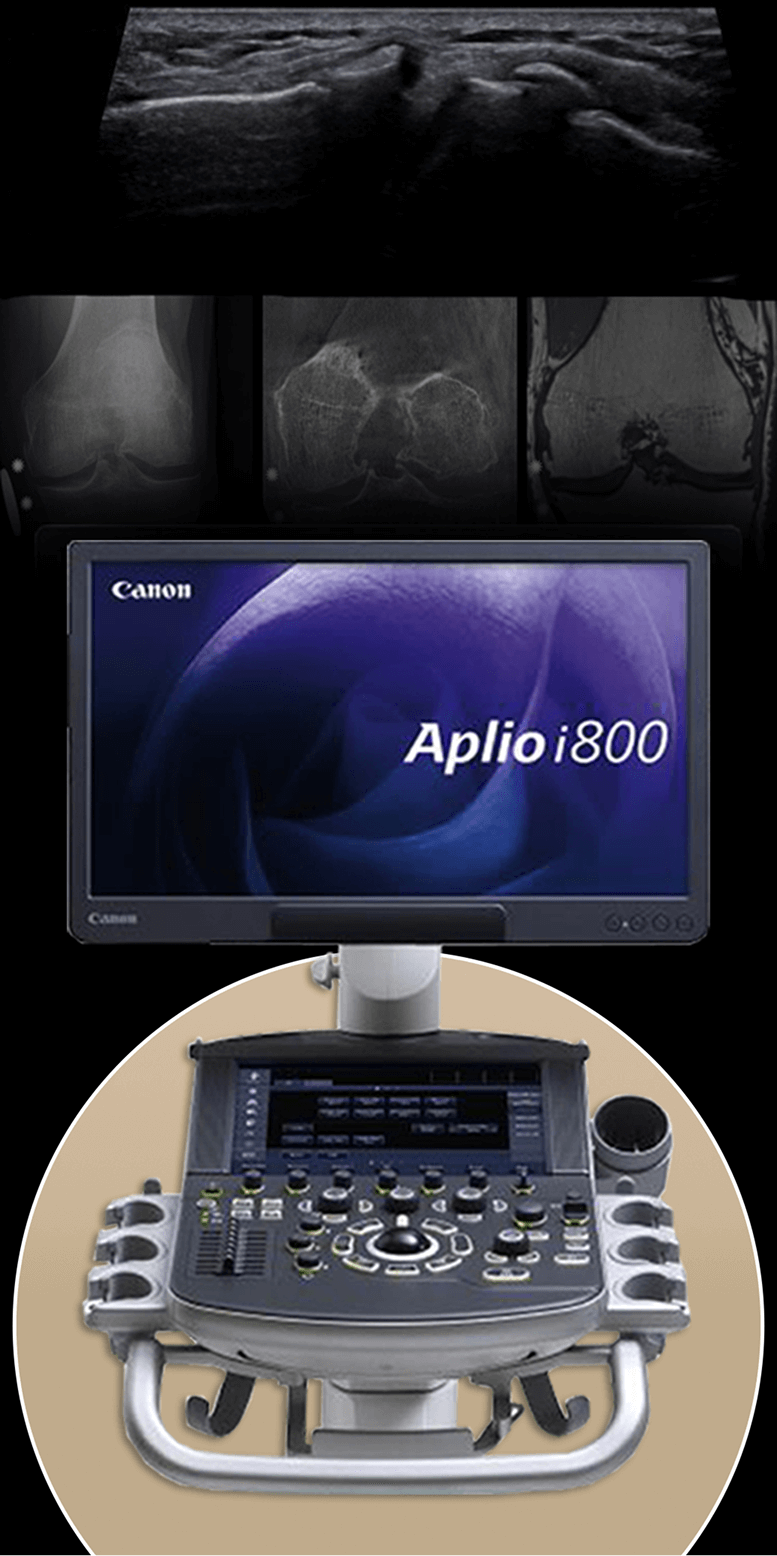
Knee degeneration often begins with overload due to knee instability and inefficient gait, gradually affecting knee mechanics. Multiple structures converge at the knee, supporting its capacity to manage force loads many times your body weight. But muscle weakness and imbalances, poor joint alignment, and other factors can undermine knee function. To stop the degenerative process, we need to address the factors that affect knee stability, beginning with biotensegrity.
Biotensegrity refers to tensile integrity – a state where a system of individual components is held together under continuous elastic tension. In the human body, biotensegrity is created by the myofascial system, the network of muscles, fascia, and nerves that work together to produce, control, and guide forces, and to hold the body’s various organs and structures in place as you move.
Biotensegrity can be disrupted when myofascial tissues are injured or damaged in some way. When that happens, nerves and blood vessels can become entrapped in densified fascial tissue, preventing them from gliding among other structures and producing pain. At the same time, the elastic tension that governs joint alignment and controls movement is disrupted, creating motor deficits that undermine mobility and stability.
Factors that disrupt myofascial biotensegrity include:
Many doctors do not understand the crucial role of the myofascial system in preventing pain syndromes, movement disorders, and disease. In fact, most medical doctors have no idea how to correct myofascial dysfunction or even recognize it as a factor. They simply treat pain symptoms with medications and eventually recommend surgery.
At NYDNRehab, we understand that the body’s systems work together as an integrated whole, and that treating pain is not enough to eliminate its source. We use dynamic high-resolution ultrasound to explore the myofascial system in real time. Ultrasound imaging lets us visualize muscles, fascia, nerves and other structures in motion, to identify places where biotensegrity has been disrupted.
Once we identify the problem, we use the most advanced therapeutic approaches to restore myofascial integrity and promote tissue healing.
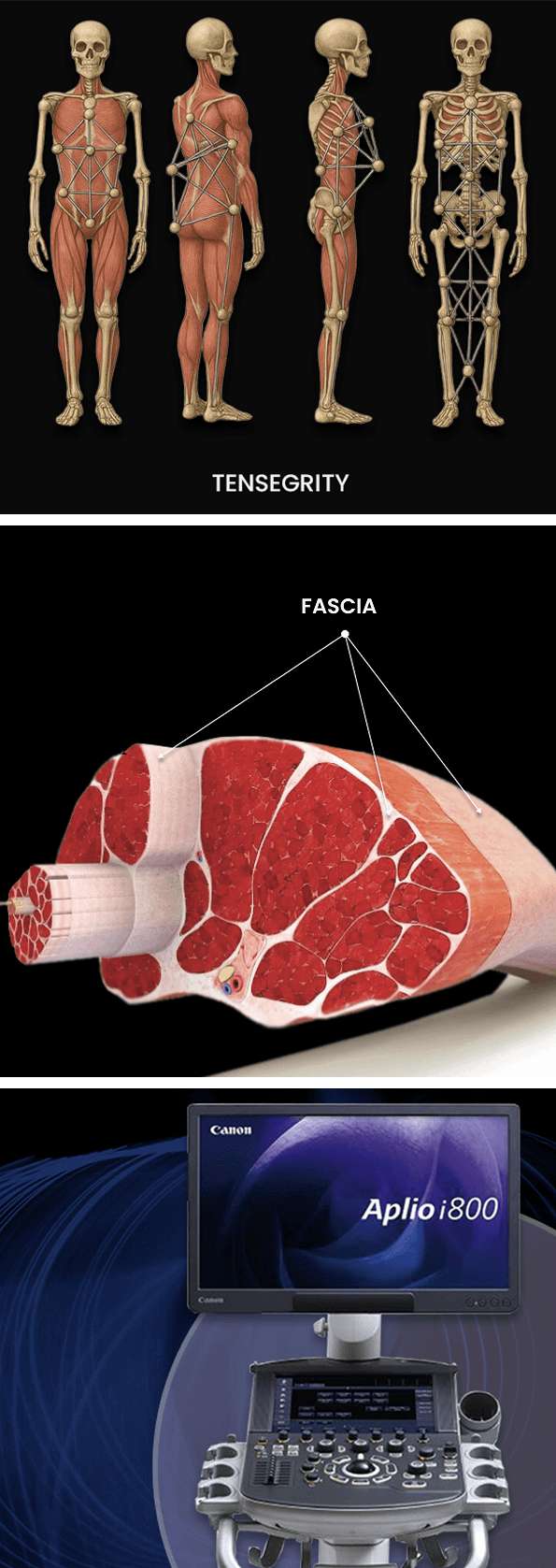
At NYDNRehab, we pull out all the stops to halt knee pain and inflammation, and restore pain-free mobility. Our holistic multimodal approach is based on the most current scientific evidence. Our advanced methodologies go beyond pain management, to actually regenerating new cartilage and restoring knee function.
Prior to beginning physical therapy, we pretreat your knee tissues to reduce inflammation and stimulate cell regeneration. Pretreatment addresses pain and inflammation, and releases entrapped nerves – a factor that accounts for 50% of pain and dysfunction in knee OA cases
Obstacles to physical therapy success include:
At NYDNRehab, we use a broad range of regenerative technologies, orthobiologics, and integrative therapeutic approaches to resolve issues that can stand in the way of successful physical therapy. Our staff is certified in a diverse array of holistic treatment methodologies, and our one-on-one treatment sessions are personalized, based on your unique diagnostic profile.
Without pretreatment, physical therapy is doomed to fail, and exercise may even do more damage to already compromised structures. Once your knees are ready to tolerate loads, we customize a physical therapy plan to restore strength, stability and range of motion. Your one-on-one personalized physical therapy sessions are designed to help you achieve the best results in the least amount of time.

Conventional orthopedists may inject PRP or other solutions to ease the symptoms of knee OA, but orthobiologic injections alone are not sufficient to restore pain-free knee mobility. At NYDNRehab, our integrative approach goes beyond pain management – our goal is to optimize knee mobility, stability and function.
Our holistic integrative approach to knee OA begins with prehab:
We follow a complex process to optimize orthobiologic results:
Our comprehensive integrated approach combines the healing power of orthobiologics with advanced methodologies for strengthening, balancing and stabilizing the body’s structures. The combined expertise of doctors Kalika and Brosgol ensure that you get the very best care available for treating and resolving knee OA.
Steroid negative side effects include:
A 2022 review published in the British Medical Journal explored the effectiveness of viscosupplementation for knee OA. The researchers found that viscosupplementation is not only ineffective compared with placebo – it can have serious adverse side effects and should be used with caution.
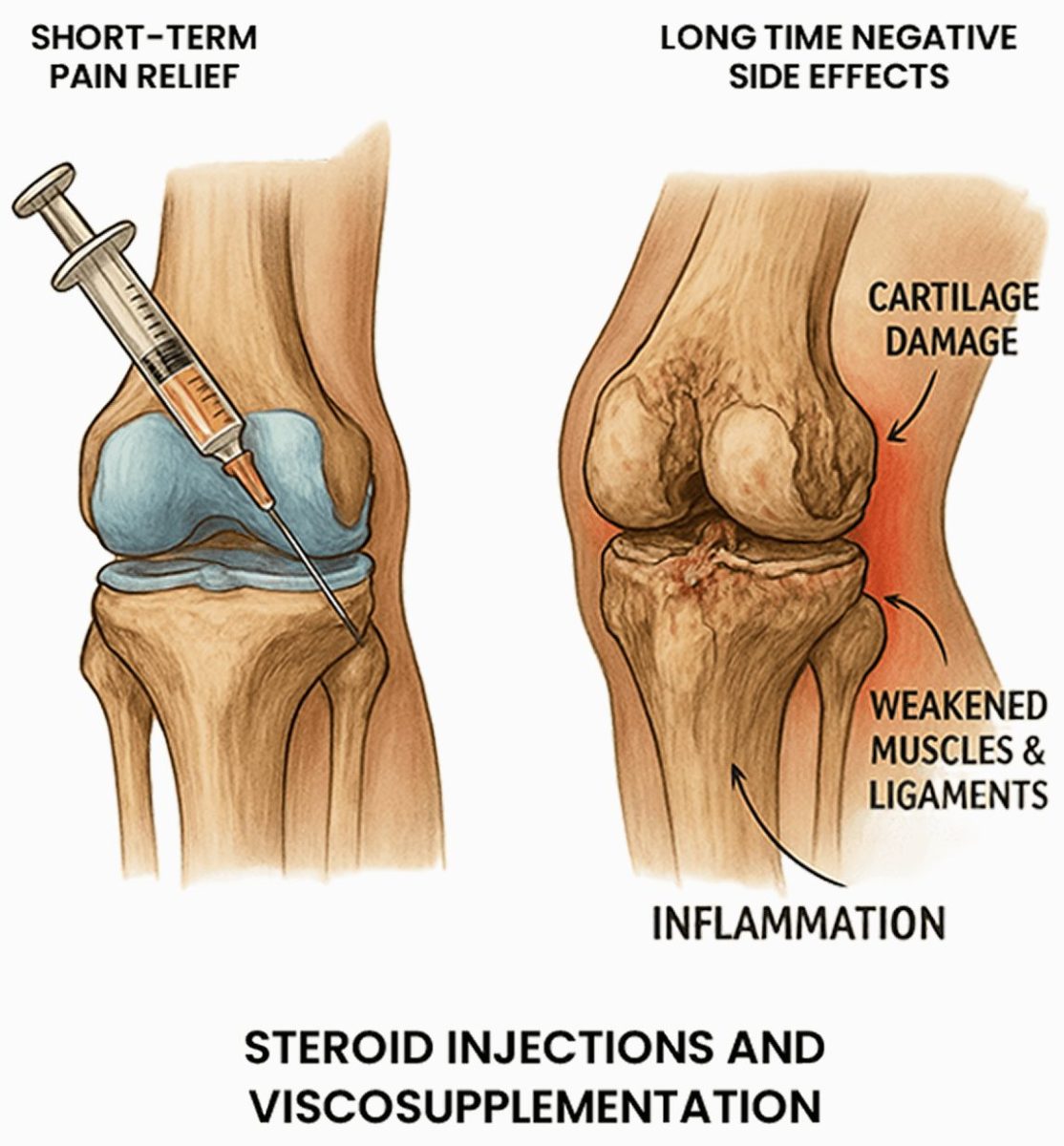
Once your knee tissue has been pretreated and pain and inflammation are under control, we are ready to begin physical therapy. The goal of physical therapy is to restore strength and stability, optimize mobility, and re-establish optimal neuromuscular pathways and muscle coordination patterns.
We don’t just target the knee itself – proper knee function depends on harmonious mobility along the entire kinetic chain. Our advanced interdisciplinary approach allows us to personalize your treatment plan based on your unique patient profile. Many of our patients are able to delay or completely avoid knee replacement surgery.
Your personalized physical therapy may include a combination of the following approaches:
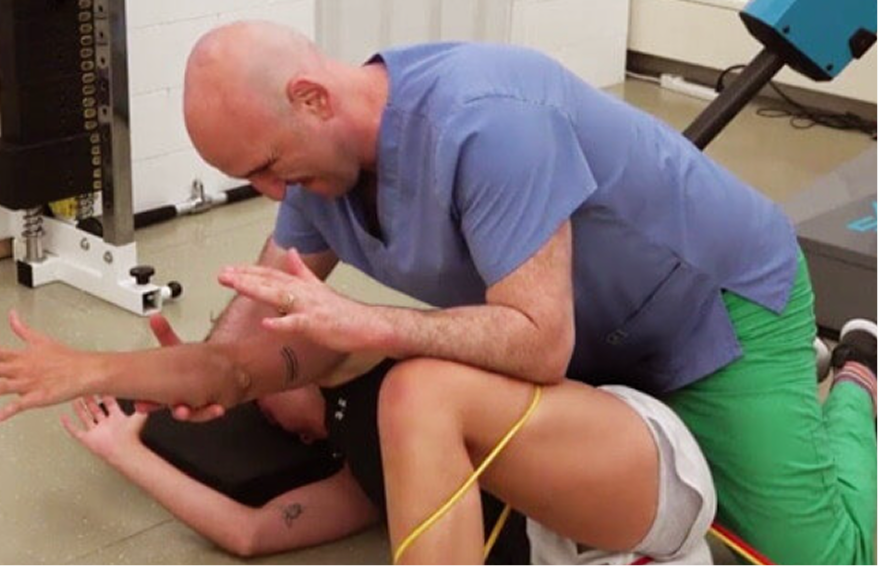
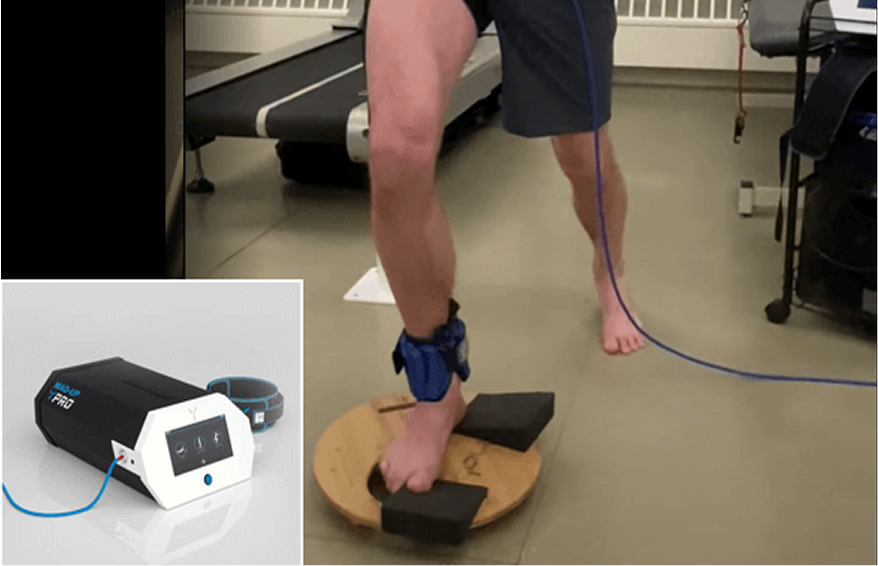
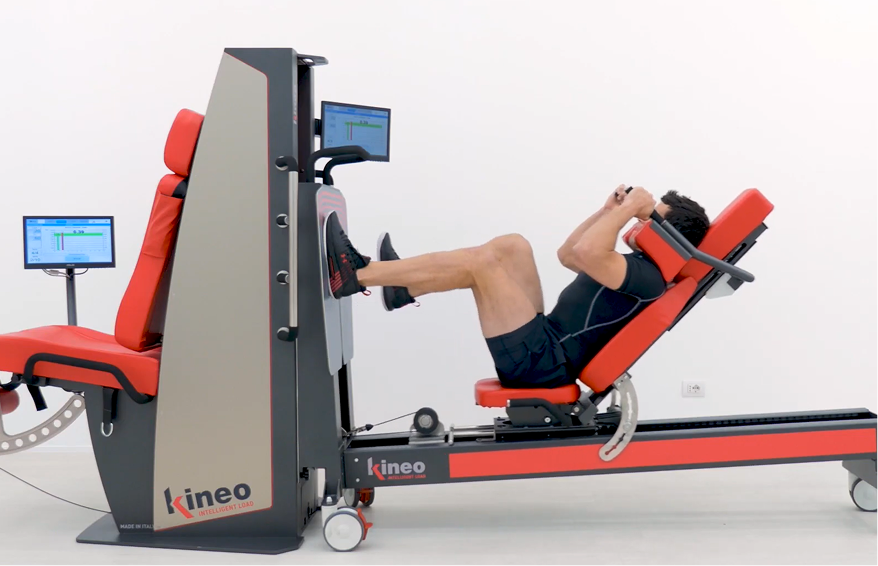

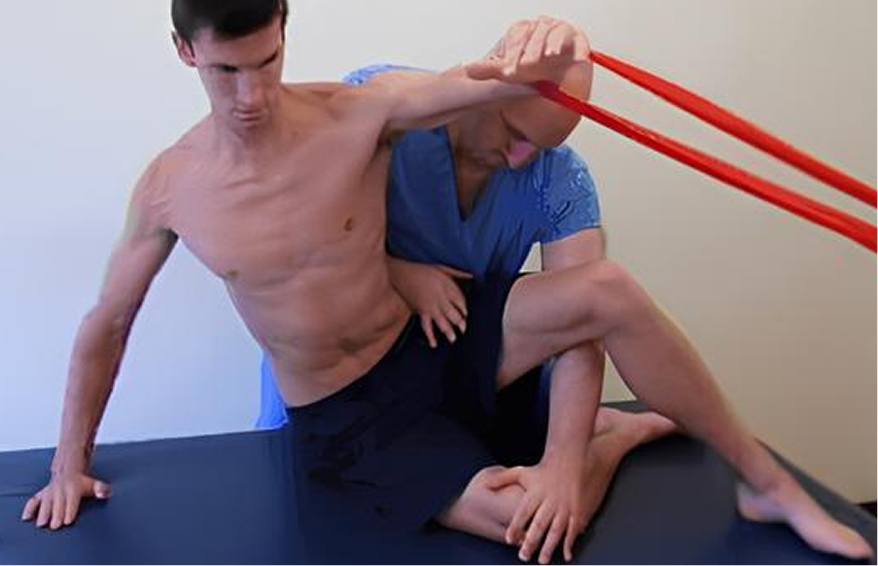
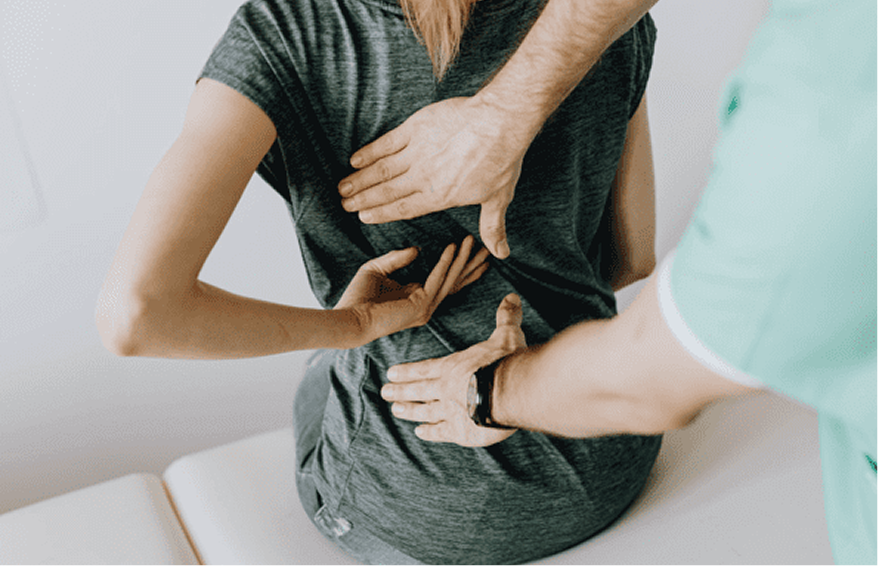
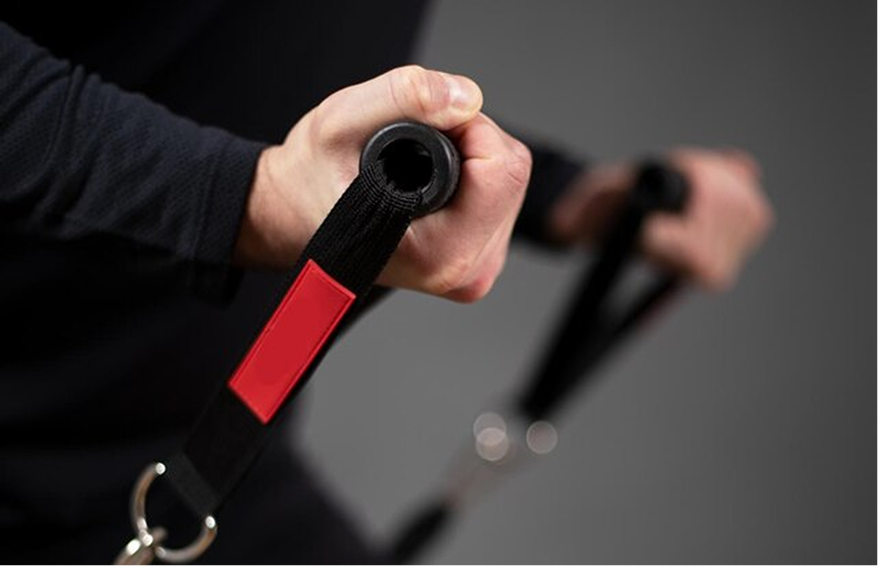
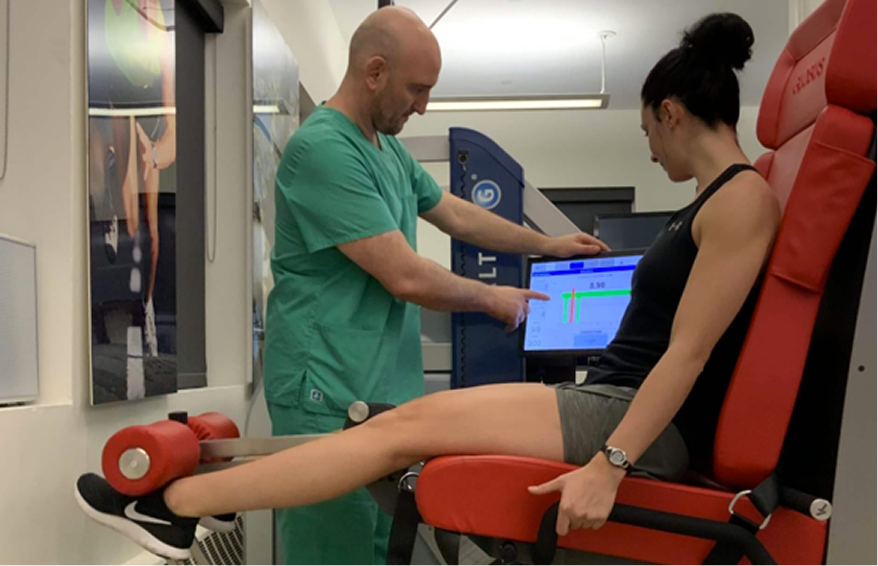
Knee osteoarthritis is strongly linked to metabolic health and lifestyle factors. Chronic systemic inflammation can contribute to the development and progression of knee OA due to elevated cytokine levels that cause cartilage degradation, promote synovial inflammation, and alter joint tissue. Obesity, metabolic syndrome, and autoimmune diseases can all increase your risk of knee OA.
There are a number of things you can do to prevent the onset and progression of knee OA:

 Dr. Yuri Brosgol
MD
Dr. Yuri Brosgol
MD
 Dr. Michael Goynatsky
DPT
Dr. Michael Goynatsky
DPT
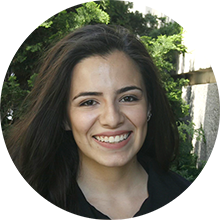 Dr. Daniela Escudero
DPT
Dr. Daniela Escudero
DPT
 Dr. Michelle Agyakwah
DC
Dr. Michelle Agyakwah
DC
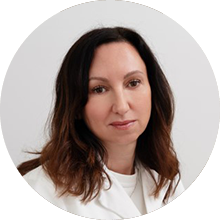 Dr. Tatyana Kapustina
L. Ac.
Dr. Tatyana Kapustina
L. Ac.
Independent peer-reviewed research relevant to this treatment approach.
Research authored or co-authored by the clinic’s medical director. The following research publications inform the clinical approach used in this treatment program.